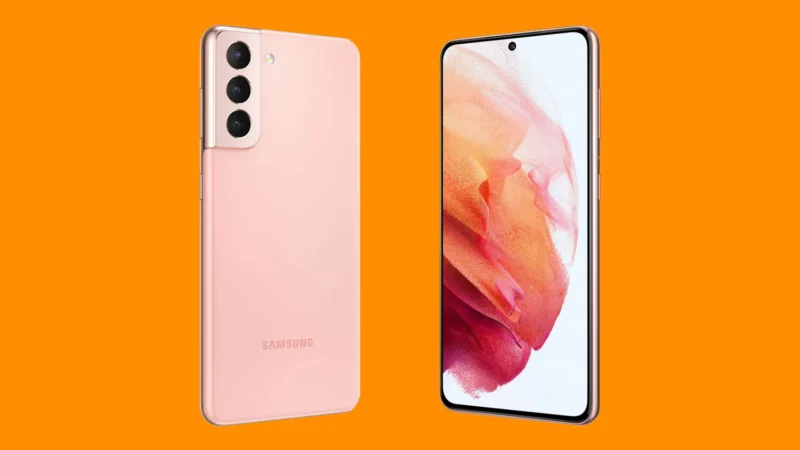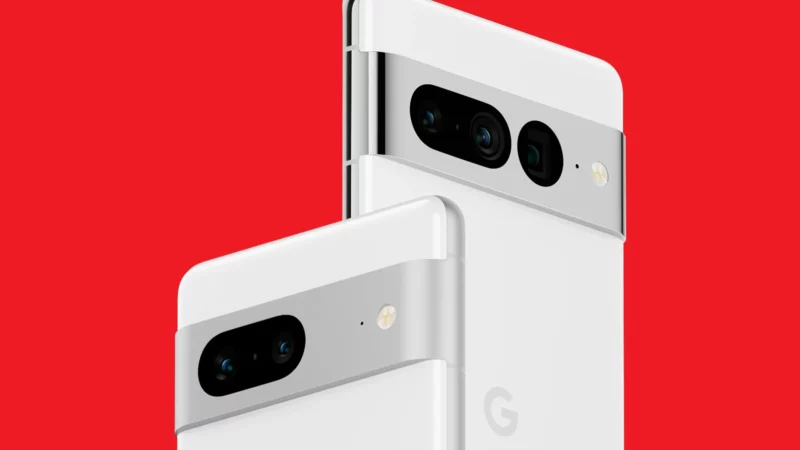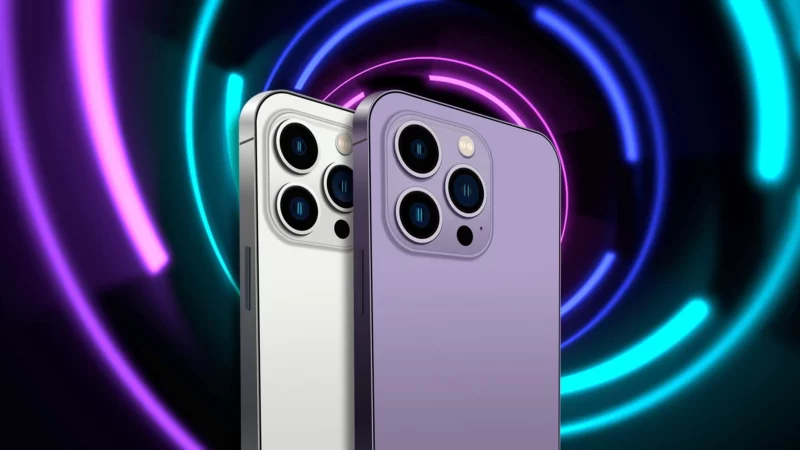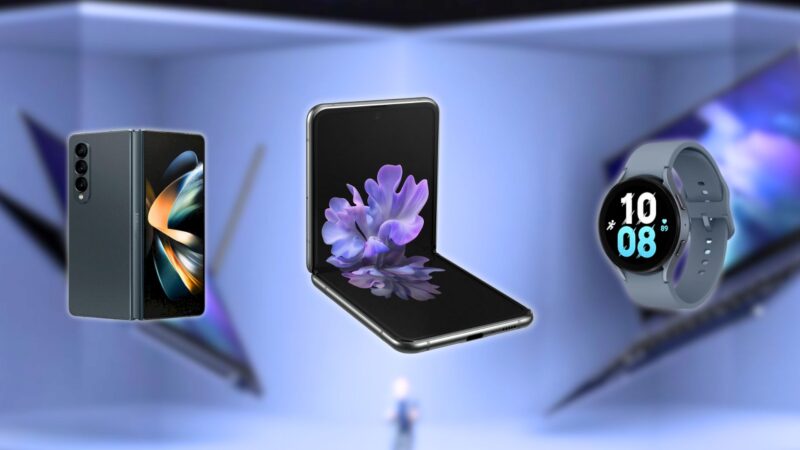Próximos Telemóveis: Os Futuros Smartphones of 2023/2024
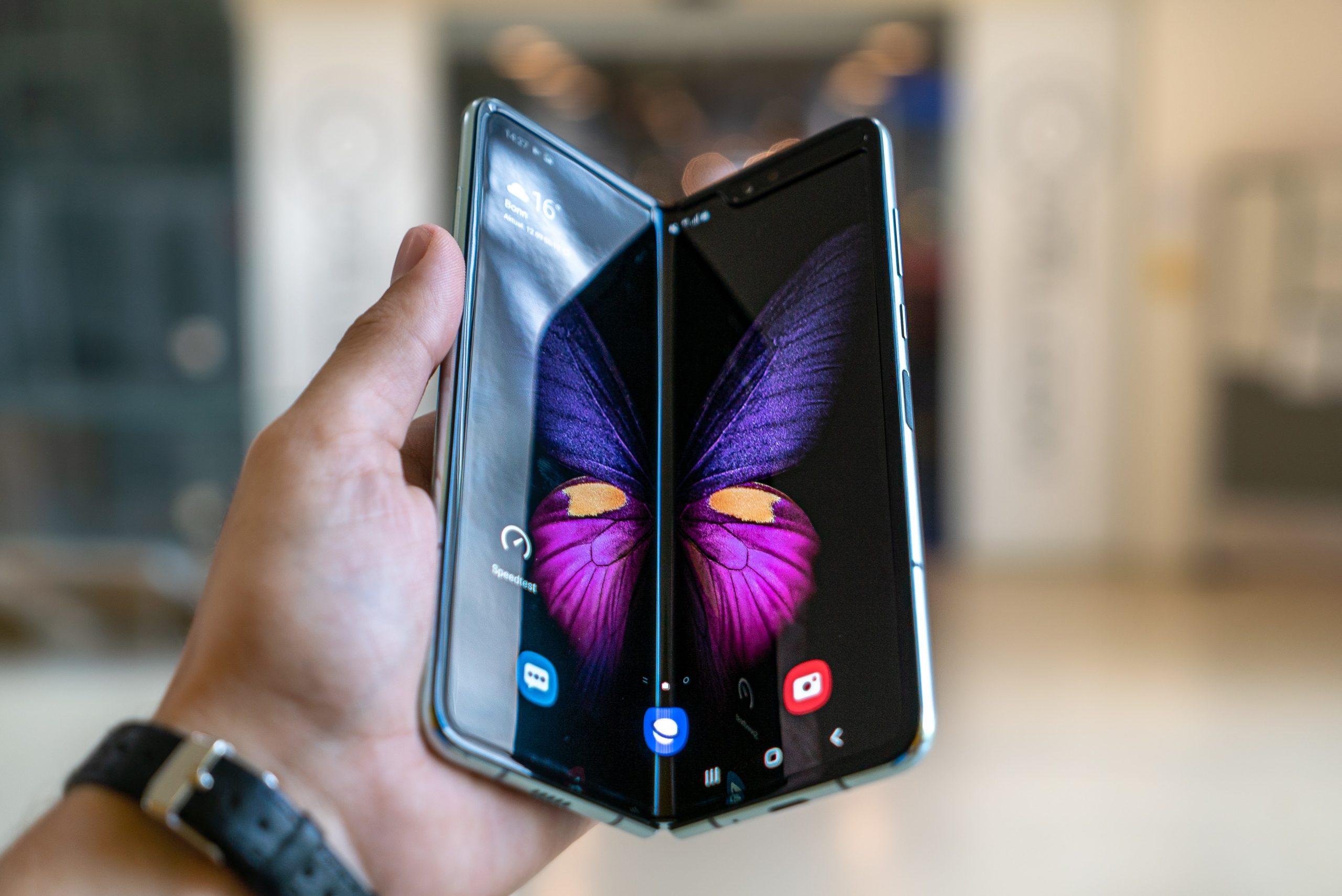
The world of smartphones is ever-evolving, with each passing year bringing about technological marvels that redefine our lives. As we venture into 2023/2024, the excitement surrounding upcoming smartphone releases is palpable. From cutting-edge features to sleek designs, the next generation of smartphones promises to be a game-changer. Let’s dive into the world of futuristic smartphones and explore the technologies that will shape our digital experiences.
Technological Advancements to Expect
Holographic Displays: Taking Visuals to the Next Level
Imagine a smartphone with a holographic display that projects lifelike images right in front of your eyes. Holographic displays are set to revolutionize visual experiences, offering a depth and realism that was previously only imaginable in sci-fi movies. Manufacturers are racing to perfect this technology, and 2023/2024 may witness the first consumer-ready holographic smartphones.
5G Evolution: Enhancing Connectivity and Speed
The rollout of 5G networks has already begun, but its true potential is yet to be fully harnessed. In the coming years, 5G will become more widespread, enabling lightning-fast download speeds and low latency. From seamless video calls to lag-free gaming, the next generation of smartphones will be at the forefront of the 5G revolution.
AI Integration: Smartphones That Understand You
Artificial Intelligence (AI) will play a pivotal role in shaping the future of smartphones. Imagine a device that learns your preferences, adapts to your habits, and anticipates your needs. AI-powered smartphones will become smarter and more intuitive, making everyday tasks more efficient and enjoyable.
Augmented Reality (AR) Applications: Blurring the Lines Between Real and Virtual
Augmented Reality will transcend gimmicks and find practical applications in our daily lives. From interactive shopping experiences to immersive gaming, AR will bridge the gap between the physical and digital realms, and smartphones will be the window to this augmented world.
Design Trends Shaping the Future
Foldable Phones: Combining Functionality and Style
Foldable smartphones have already made their debut, but improvements are on the horizon. These devices offer a unique blend of portability and expanded screen real estate, giving users a versatile experience. As technology advances, we can expect foldable phones to become sleeker and more durable.
Minimalist Aesthetics: Embracing Simplicity
In a world inundated with distractions, minimalist smartphone designs will find their way into the hearts of users. Clean lines, uncluttered interfaces, and subdued color palettes will contribute to a sense of serenity and focus in a sea of notifications.
Eco-Friendly Materials: Towards Sustainable Smartphones
As environmental consciousness grows, smartphone manufacturers will prioritize sustainable materials and production practices. From biodegradable components to recycled plastics, the smartphones of 2023/2024 will take a significant step towards reducing their carbon footprint.
Biometric Innovations: Enhancing Security and Convenience
Passwords and PINs will soon be relics of the past as biometric innovations take center stage. Facial recognition, iris scanning, and even fingerprint sensors embedded under the display will provide seamless and secure authentication methods.
Battery and Charging Breakthroughs
Graphene Batteries: Extending Battery Life
Battery life has always been a pain point for smartphone users. Graphene batteries, known for their rapid charging capabilities and improved energy density, are set to revolutionize how we use our smartphones. With longer-lasting batteries, users will experience fewer interruptions in their daily routines.
Ultra-Fast Charging: Reducing Downtime
Smartphone manufacturers are relentlessly pushing the boundaries of charging technology. Ultra-fast charging will allow users to power up their devices rapidly, offering hours of usage with just a few minutes of charging.
Wireless Charging Advancements: Convenience at Its Best
Wireless charging will become even more accessible and efficient in the upcoming smartphones. As the need for tangled charging cables diminishes, users can enjoy the convenience of wire-free charging pads and docking stations.
Revolutionary Camera Capabilities
Computational Photography: Picture-Perfect Shots
Computational photography, coupled with powerful AI algorithms, will redefine smartphone photography. Expect stunning images, improved low-light performance, and advanced post-processing features that will make every shot Instagram-worthy.
Under-Display Cameras: Saying Goodbye to Notches
Smartphone manufacturers are working on technology that hides the front-facing camera beneath the display, eliminating the need for notches or punch-hole cutouts. The result is a seamless and immersive viewing experience.
Multi-Lens Setups: Versatility in Photography
Multiple camera lenses will continue to be a significant trend, offering various focal lengths and imaging capabilities in a single device. From ultra-wide-angle shots to optical zoom, smartphone photography will become more versatile than ever before.
Operating Systems of the Future
HarmonyOS: Huawei’s Ambitious Project
Huawei’s HarmonyOS aims to be an all-in-one operating system that powers a range of smart devices, including smartphones. As the Chinese tech giant forges ahead despite challenges, HarmonyOS might become a formidable competitor to Android and iOS.
Fuchsia OS: Google’s Platform for All Devices
Google’s Fuchsia OS is a mysterious project, but the tech community anticipates it will replace Android in the future. If successful, Fuchsia OS could offer a seamless experience across multiple devices, bringing consistency and ease of use.
Enhanced iOS: Apple’s Continuous Evolution
Apple’s iOS will keep pushing boundaries with its seamless integration of hardware and software. The tight ecosystem will continue to impress users with new features, improved security, and enhanced performance.
Security and Privacy Enhancements
Quantum Encryption: Unbreakable Security
The future smartphones will implement quantum encryption for unparalleled security. Quantum keys are theoretically unbreakable, offering robust protection for sensitive data and communications.
Privacy-Focused Features: Protecting User Data
Smartphone manufacturers will prioritize privacy features, giving users more control over their data. Expect granular app permissions, data encryption, and privacy-centric defaults.
Secure Facial Recognition: Ensuring User Identity
Facial recognition technology will evolve to be more secure and accurate, making it a reliable method for unlocking devices and authenticating transactions.
The Rise of Smart Accessories
Smart Glasses: Bringing Augmented Reality Closer
Smart glasses will become more refined and practical, integrating AR experiences seamlessly into our daily routines. From navigation to real-time information display, smart glasses will offer a new dimension of interaction with the digital world.
Smartwatches Integration: Seamless Connectivity
Smartphones and smartwatches will work hand-in-hand, creating a connected ecosystem that enhances user experience. Expect smoother integration between these devices, enabling effortless communication and data sharing.
AI-Driven Earbuds: Personalized Audio Experiences
AI-powered earbuds will cater to individual preferences, offering personalized audio profiles and active noise cancellation for a superior listening experience.
Sustainability and Green Initiatives
E-Waste Reduction: Sustainable Disposal Strategies
Smartphone manufacturers will embrace e-waste reduction initiatives, offering recycling programs and sustainable disposal options to reduce the environmental impact of discarded devices.
Renewable Energy Chargers: Powering Smartphones Responsibly
Renewable energy sources, such as solar and kinetic chargers, will emerge as eco-friendly alternatives to power smartphones and other electronic devices.
Eco-Friendly Packaging: Reducing Environmental Impact
Smartphone packaging will become more environmentally friendly, with biodegradable materials and minimized use of plastic.
Price Trends and Market Competition
Budget-Friendly Flagships: Catering to All Consumers
The market will witness a surge in budget-friendly flagship smartphones, offering premium features at affordable price points.
Mid-Range Dominance: Striking a Balance
Mid-range smartphones will strike a balance between performance and affordability, catering to a broad consumer base.
Market Competition: Brands to Watch Out For
The smartphone market will continue to be highly competitive, with established giants and emerging brands vying for dominance.
Challenges and Limitations
Technological Constraints: The Reality of Innovation
Despite ambitious plans, technological limitations may hinder the full realization of certain futuristic features.
Privacy Concerns: Balancing Convenience and Security
As smartphones become more integrated into our lives, striking a balance between convenience and data privacy will be a challenge.
Environmental Impact: The Dark Side of Consumer Electronics
The rapid pace of smartphone upgrades and disposal contributes to electronic waste and environmental concerns.
Future Use Cases: Beyond Communication
Healthcare Integration: Transforming Medical Services
Smartphones will play a significant role in healthcare, facilitating telemedicine, health monitoring, and diagnosis.
Educational Tools: Empowering Students and Teachers
Smartphones will become essential educational tools, providing access to a wealth of knowledge and interactive learning experiences.
Smart Home Hub: Centralizing Home Automation
Smartphones will become the central hub for controlling smart home devices, offering seamless automation and convenience.
User Experience and Human-Centered Design
User-Centric Interfaces: Intuitive Interactions
User interfaces will prioritize simplicity and intuitiveness, enhancing the overall user experience.
Accessibility Features: Inclusive Smartphone Experiences
Smartphones will incorporate features to cater to users with diverse abilities, making technology more accessible to all.
Ergonomic Designs: Prioritizing Comfort
Smartphone designs will focus on ergonomics, ensuring devices are comfortable to hold and use for extended periods.
Predictions and Speculations
Breakthrough Innovations: Bold Predictions for the Future
Expect revolutionary advancements that will challenge our notions of what smartphones can achieve.
Industry Partnerships: Collaborations That Could Reshape the Market
Partnerships between smartphone manufacturers and tech giants will shape the industry’s landscape and bring forth new innovations.
Consumer Expectations: The Evolving Demands of Smartphone Users
User feedback and demands will continue to influence smartphone design and features.
Conclusion
The future of smartphones in 2023/2024 is incredibly promising, with technologies that will elevate our digital experiences to new heights. From holographic displays to AI integration, smartphones will transcend their current capabilities. As we eagerly await the release of these futuristic devices, let’s remain curious and open to the endless possibilities that lie ahead.
FAQs (Frequently Asked Questions)
- Will foldable phones become the new standard in the smartphone industry?
Foldable phones are indeed a significant trend, but whether they become the new standard depends on how quickly manufacturers can improve their durability and affordability. While they offer unique advantages, traditional form factors are likely to coexist for the foreseeable future.
- Can I expect 5G to be available everywhere by 2023/2024?
While the expansion of 5G networks is ongoing, achieving full coverage in all regions worldwide might still take some time. Major urban centers will likely have extensive 5G coverage, but more remote areas might experience slower adoption.
- How do quantum encryption and facial recognition work together to enhance security?
Quantum encryption ensures that the data transmitted between devices remains secure and cannot be intercepted or decrypted by unauthorized parties. Facial recognition serves as a secure method of authentication, ensuring that only the authorized user can access the device.
- Are there any downsides to the widespread adoption of AI in smartphones?
While AI brings many benefits, there are concerns about privacy and data security. AI-powered smartphones must strike a balance between delivering personalized experiences and protecting user information. Responsible AI implementation is crucial to address these concerns.
- Will the rise of smart accessories render traditional gadgets obsolete?
Smart accessories will undoubtedly add new dimensions to our digital experiences, but traditional gadgets will continue to cater to specific use cases and preferences. Smartphones, as central devices, will integrate seamlessly with smart accessories, offering users a more interconnected ecosystem.

